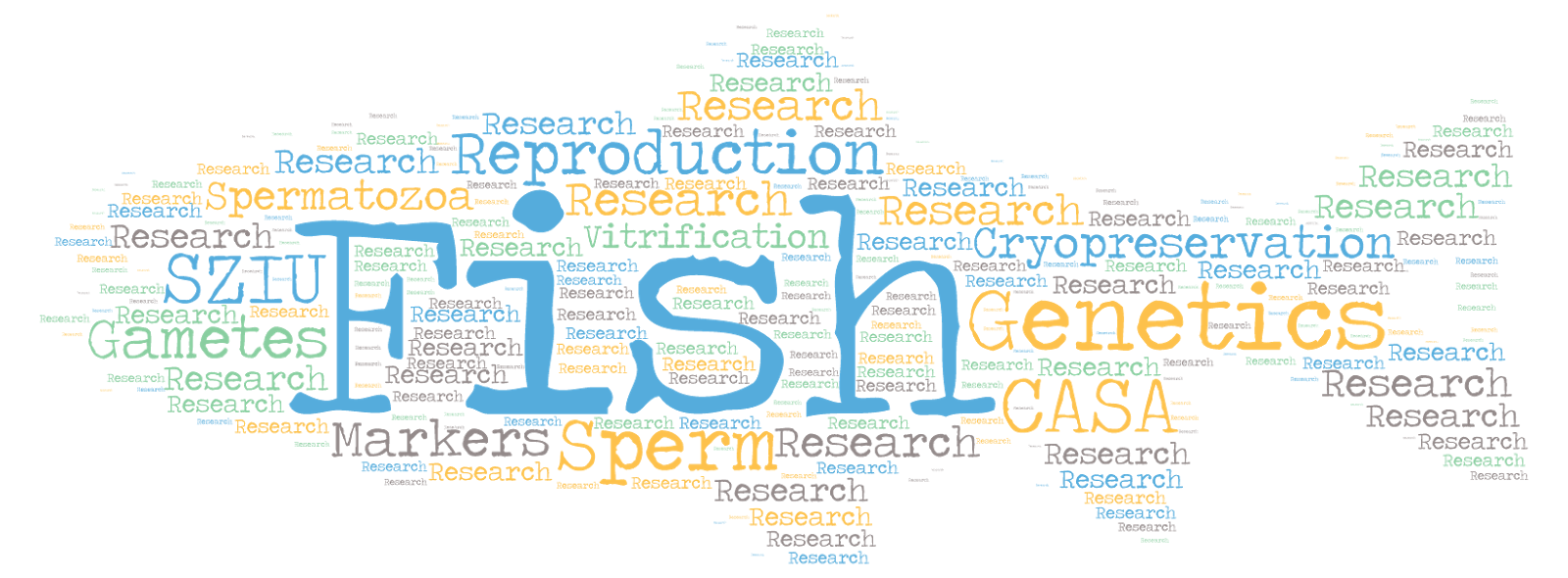A new paper with the first authorship of Tímea Kollár was accepted for publication in Environmental Science and Pollution Research (ESPR), entitled "Development of an in vitro toxicological test system based on zebrafish (Danio rerio) sperm analysis".
Kollár, T., Kása, E., Ferincz, Á., Urbányi, B., Csenki-Bakos, Zs., Horváth, Á. 2018. Development of an in vitro toxicological test system based on zebrafish (Danio rerio) sperm analysis. Environmental Science and Pollution Research. In press. DOI: https://doi.org/10.1007/s11356-018-1613-2
ABSTRACT
The effect of seven heavy metals on the motility parameter of zebrafish sperm was tested in order to develop an in vitro toxicological test system as an alternative to live animal testing. In vitro test systems are currently preferred in ecotoxicology due to their practical and ethical advantages and fish sperm can be a suitable model. A number of studies had been carried out previously on this topic, but the described methods had not been standardized in numerous aspects (donor species, measured endpoint, etc.). In this study, heavy metals (mercury, arsenic, chromium, zinc, nickel, copper, cadmium) were used as reference toxicants with known toxicity to develop a standardized fish sperm in vitro assay. The tested concentrations were determined based on preliminary range finding tests. The endpoints were progressive motility (PMOT, %), curvilinear velocity (VCL, μm/s), and linearity (LIN, %) measured by a computer-assisted spermanalysis (CASA) system. According to our results,PMOT was the most sensitive of the three investigated parameters: dose-response curves were observed for each metal at relatively low concentrations. VCL values were less sensitive: higher concentrations were needed to observe changes. Of the three parameters,LIN was the least affected: dose-response relationship was observed only in the case of mercury (e.g., lowest observed effect concentration (LOEC) of Hg at 120 min: 1 mg/L for PMOT, 2.5 mg/L for VCL, 5 mg/L for LIN; LOEC of Cu at 120 min: 1 mg/L for PMOT, 5 mg/L for VCL, any for LIN). The order of toxicity as determined by PMOT was as follows: Hg2+>As3+>Cd2+ >Cu2+>Zn2+>Cr3+>Ni2+. In conclusion, we found that PMOT of zebrafish sperm was an accurate and fast bioindicator of heavy metal load. Sperm analysis can be adopted to estimate the possible toxic effects of various chemicals in vitro. Future investigations should concentrate on the applicability of this assay to other contaminants (e.g., organic pollutants).

No comments:
Post a Comment